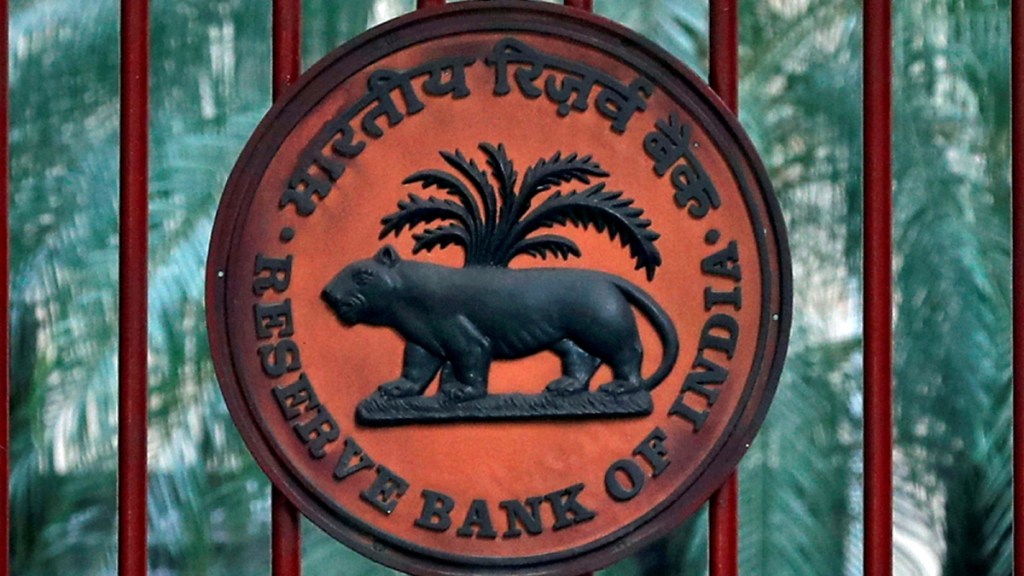Friday’s monetary policy announcement was largely on anticipated lines, with the Monetary Policy Committee (MPC) holding the policy rate at 6.5% and the ‘withdrawal of. accommodation’ stance remaining unchanged. The tone was nicely balanced, neither too hawkish nor dovish. At the same time, Reserve Bank of India (RBI) Governor Shaktikanta Das made it unambiguously clear that rate cuts, or any kind of loosening, are not on the table just yet, given the potential upside pressures to retail inflation, especially from rising prices of food.
Das also asserted that his statement that the RBI is “also mindful of overtightening” should not be taken to mean that the stance is in any way shifting. That is understandable. The central bank can hardly be expected to undo the hard work of the past 18 months by lowering its guard on inflation. The consumer price index forecast of 4% in Q2FY25, seen against a repo rate of 6.5%, means real rates would be very high at 2.5%, something the RBI would need to assess.
To be sure, the world is a much better place today than it was even a few months ago. US treasury yields have trended down nearly 80 basis points from their peak; crude oil prices are falling and the US Federal Reserve is unlikely to hike rates. It is possible many central bankers would look to ease their monetary policies next year. India’s gross domestic product growth has been fairly robust at 7.6% in Q2 FY24. But rate cuts at home seem unlikely before May-June of 2024. By that time there would be more clarity on the monsoon, global growth and actions of other central bankers. Ahead of a cut, the RBI can be expected to change its stance to neutral.
In the meantime, the ‘stealth’ tightening should continue, with the overnight rate ruling about 10-15 bps above the repo rate, and the shorter end of the curve should continue to see elevated rates. The markets would be mollified as there wasn’t much talk of Open Market Operations and tighter liquidity. Despite some shortage of liquidity during the festive season and the possibility of some tightness this month due to advance tax and GST payments, the RBI sounds comfortable with the situation. In fact, the Governor observed that the pressures had eased and that government spending had picked up—and was likely to further ease liquidity. Credit flows to businesses do not seem to have been impeded as the data shows.
The RBI has hiked its FY24 GDP growth forecast by a chunky 50 bps to 7%, much above expectations of most economists. It is somewhat surprising though that this upgrade has not been accompanied by any changes to the inflation forecast which has been retained at 5.4% for FY24. To be sure, core inflation has been very benign at sub-4%. Moreover, crude oil prices are ruling closer to $75/barrel rather than the levels of $85 which most analysts had pencilled in, so there could be some cushion there.
The RBI, however, does not seem to be concerned that the Q2GDP number may have been inflated thanks to the deflator—by as much as 100 basis points as many economists have estimated. Moreover, while investments may be picking up, the fact is private consumption grew at a very poor 3.5% y-o-y. Headline GDP might meet the RBI’s forecasts, but it’s the quality of the growth that’s more important.


